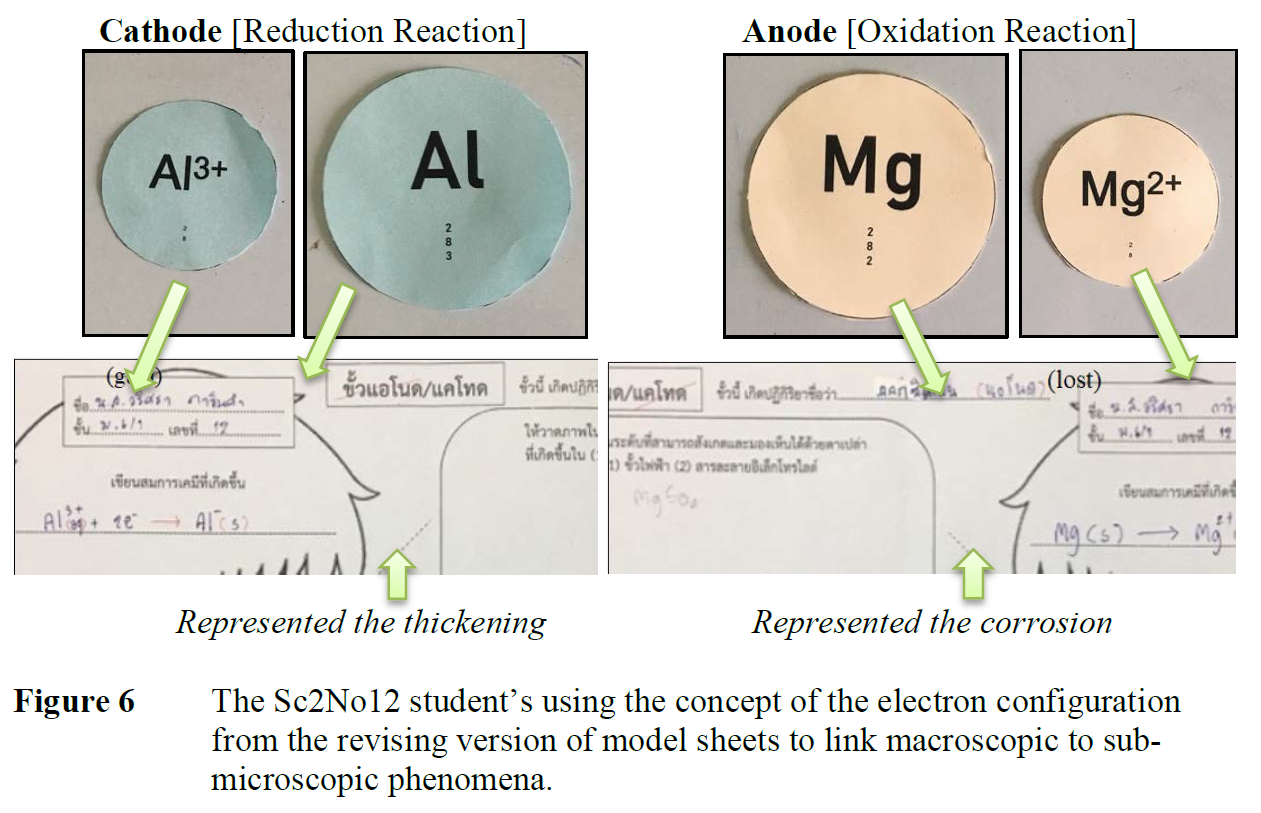Examining Senior High School Students’ Ability in Constructing Scientific Explanation of Galvanic Cell
Main Article Content
Abstract
This study aims at enhancing students’ ability to construct scientific explanations of an electrochemistry content: galvanic cell. The teaching strategy was designed based on Vygotsky’s (1978) internalization process, Johnstone’s (1991) chemical representations, and two explanation models: the deductive nomological (DN) model proposed by Hempel and Oppenheim (1948) and the claim-evidence-reasoning (CER) model proposed by McNeill (2006). The critical action research processes were employed as the methodology by the first author researched on his teaching to do the self-study research and reflective-based research. Participants consist of fifty-nine students from two senior high schools in different academic years. Students’ worksheets were analyzed to clarify their ability to construct scientific explanations. Also, classroom observations, student interviews, and opinions from two critical friends in each school were analyzed. The findings showed how students expressed their explanations through macroscopic, sub-microscopic, and symbolic representations. Likewise, the development of the educational media and the teaching strategy was shown.
Article Details

This work is licensed under a Creative Commons Attribution-NonCommercial-NoDerivatives 4.0 International License.

